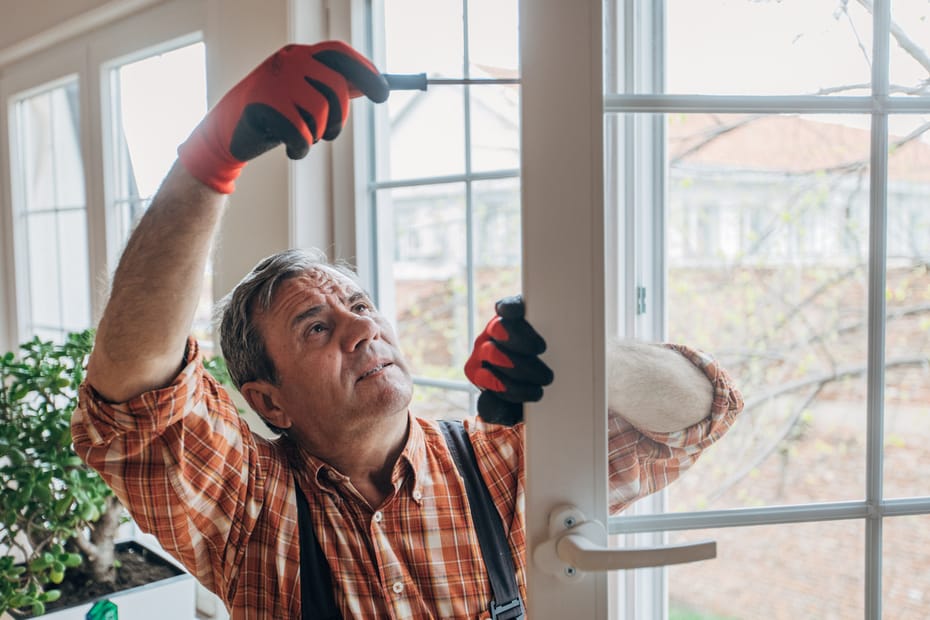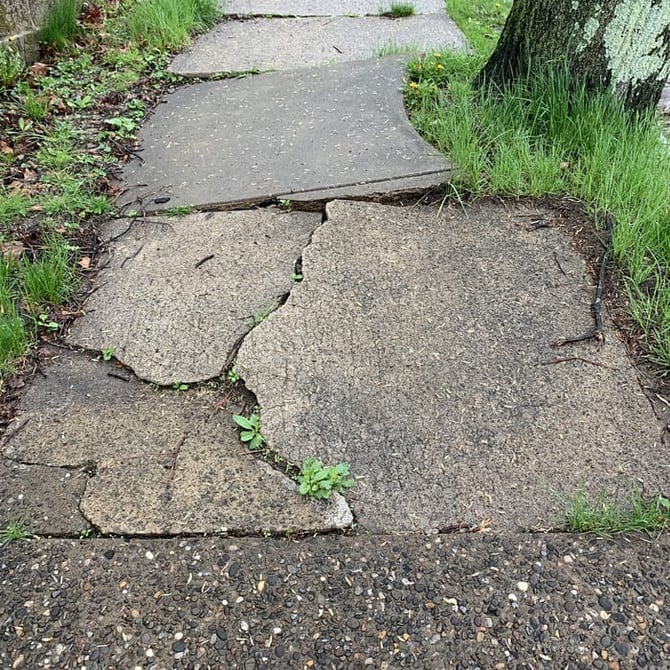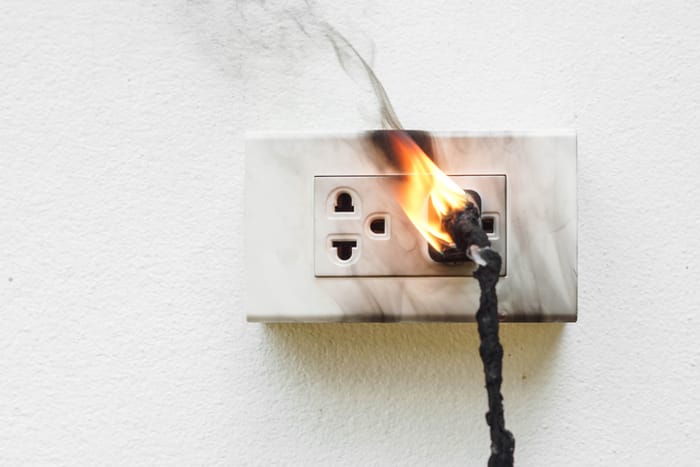Homeowner Tips, Home Sellers Common Inspection Repair Requests

The Most Common Inspection Repair Requests
Home inspections are extremely important during the home buying and selling process. A home inspector looks at the condition of the home, checks to make sure there is no structural damage, and ensures that the various systems inside the house work properly. The inspection will also determine if there are any repairs that are needed before selling the home. There are always repairs that need to be made. Our HomeHunt team has put together a list of common inspection repair requests submitted after a home inspection.
Dead Trees and Shrubbery
Removing dead trees and shrubs is not technically a repair but a cosmetic improvement. Dead trees can be a threat if the wood rots and falls on your yard or on your home. It is best to get rid of trees and shrubbery that can cause a problem in the future.
Trip Hazards
Trip hazards occur when there is an abrupt change in vertical or horizontal separation on any normal walking surface. The change in elevation must be 1.5 inches or above for it to be a trip hazard. Examples of trip hazards include:
- Tree roots on walkways
- Uneven pavers
- Broken cement on walkways
- Inadequate lighting on stairways and steps
- Lack of lighting in outdoor areas
 Broken Appliances
Broken Appliances
Inspectors check all appliances to ensure that they are not putting new homeowners in danger. They will look at these specific appliances during the inspection:
- Kitchen stove
- Dishwasher
- Microwave
- Garbage disposal
- Stove hood
- Refrigerator and Freezer: Check to make sure both maintain their proper temperatures; 40 degrees Fahrenheit for the refrigerator and 0 degrees Fahrenheit for the freezer.
Plumbing and Septic Issues
Plumbing and septic problems are normal issues that an inspector will put on the repair list. Inspectors will check for:
- Water leaks around windows and doors
- Broken, rusted, or corroded pipes
- Water damage around plumbing fixtures
- Mold and mildew
Your inspector will also look for water spots that could indicate problems with the upstairs plumbing. Most inspectors will not do a water test to ensure that there are no metals in the water. Homes with septic tanks will also need to be inspected for contamination to see if it has been pumped recently.
 Electrical and Fire Hazards
Electrical and Fire Hazards
A home inspector can inspect electrical equipment, but you will want to hire a licensed electrician to further inspect the home’s electrical system. They will ensure that your home is up to the National Electrical Code’s standards. Some common issues that an electrician may find include:
- Wires taped or spliced together
- Three-prong outlets that are not grounded
- Painted outlets
- Circuit breakers that have one or more live wires running into it
- Electrical panels that have been modified incorrectly
Fire hazards may come from electrical problems, such as overheated or sparking outlets. Gas leaks are also a common reason for fires in a home. Inspectors will also look to see if the home has smoke or carbon monoxide detectors and if they are located in the correct place. They will also check for fire extinguishers.
Asbestos and Lead
Asbestos, radon, and lead paint are items that will need to be checked by a specialty inspector. You do not want to overlook this type of inspection because it can cause serious health issues. Health problems include:
- Asbestos: This can lead to scarring of the lungs, lung cancer, mesothelioma, and lung disease.
- Radon: This can lead to lung cancer in smokers.
- Lead Paint: This can cause brain damage, as well as seizures and death.
Our team at HomeHunt understands how important home inspections are to the home selling and buying process. Contact us today to get the home inspection process started.